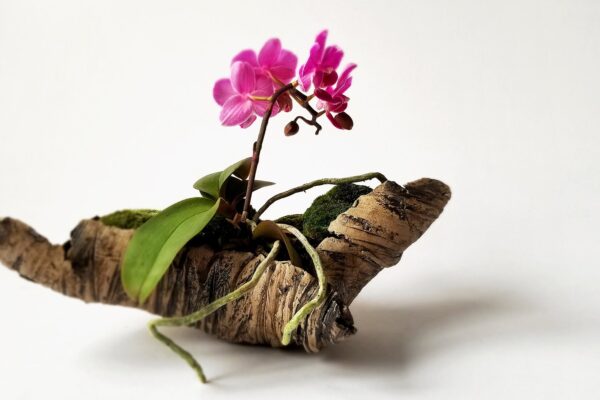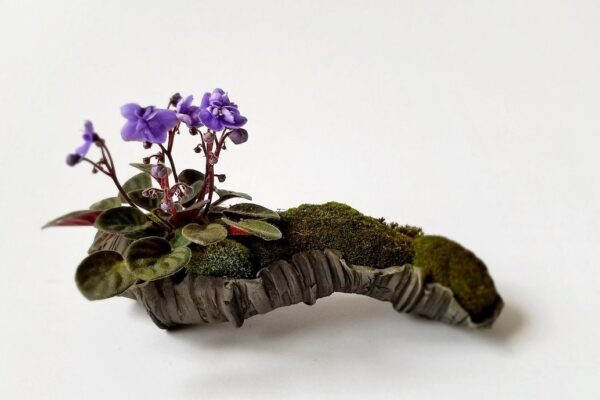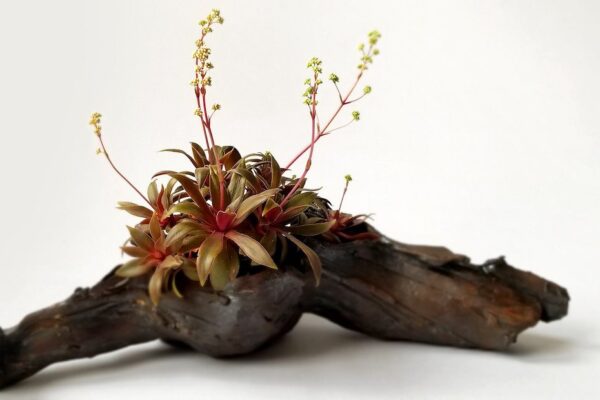Boris graduated from the Faculty of Applied Arts and Design, in the department – ceramics. The first solo exhibition, Fathers and brothers, was realized in 2007, and then Insectarium (2010), Inner state (2012), and In the wood (2018). He is a member of ULUPUDS (Association of Fine Artists of Applied Arts and Designers of Serbia). He participated in various projects such as the reconstruction of ancient techniques and technologies concerning prehistoric Vinča culture. He is engaged in pedagogical work at the Teacher’s College and at the Art High School Tehnoart. When he is not in Belgrade, he works in his garden at the foot of Kosmaj mountain.
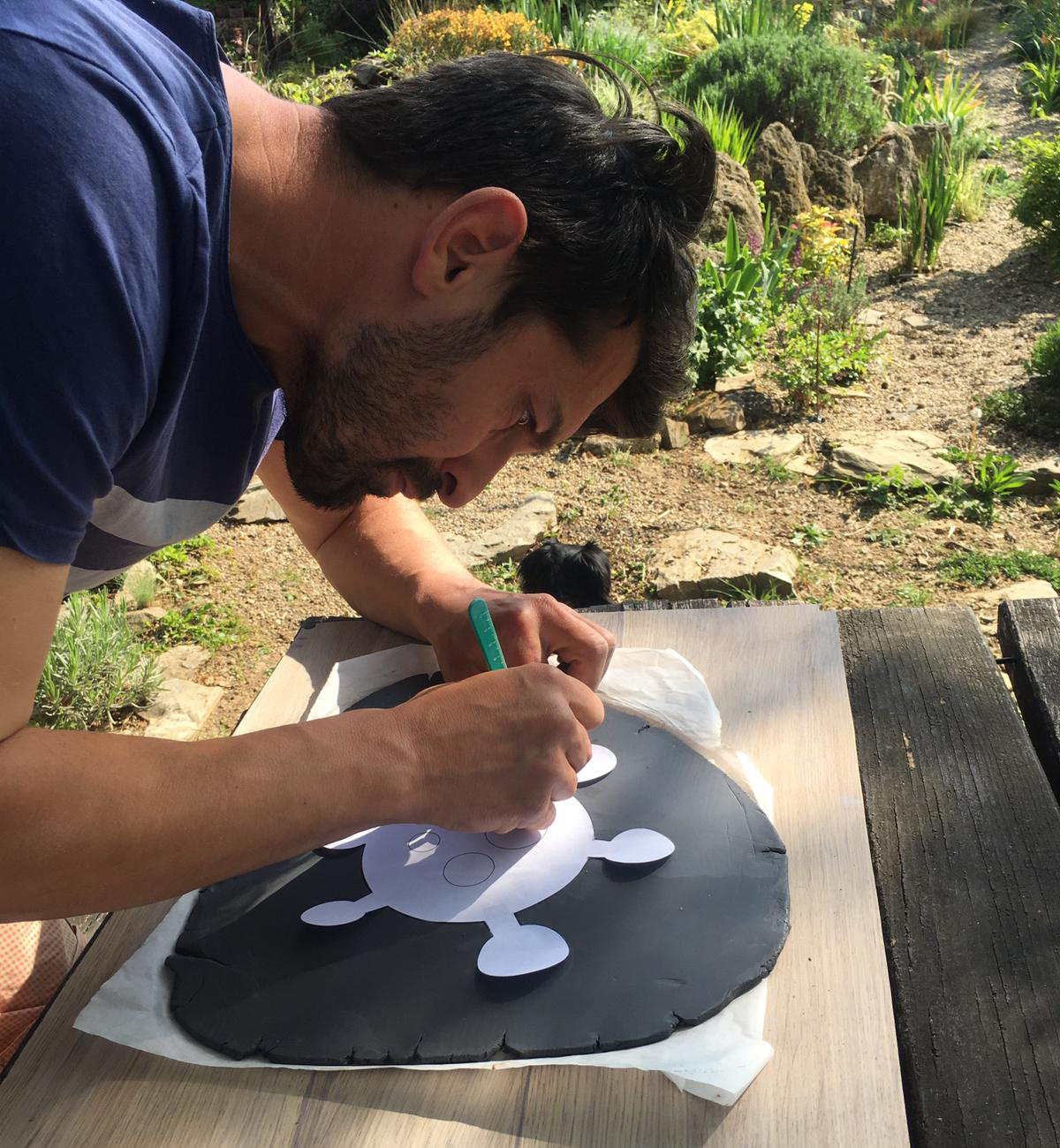
How did you create the Insectarium?
I have always been inspired by the living world. Sitting on the bank of the Danube river with a friend, in the middle of a very important conversation, I had an idea and I saw clearly drawn white contours of insects, of different shapes. I quickly drew the shapes in the form of a sketch and soon began making such sculptures.
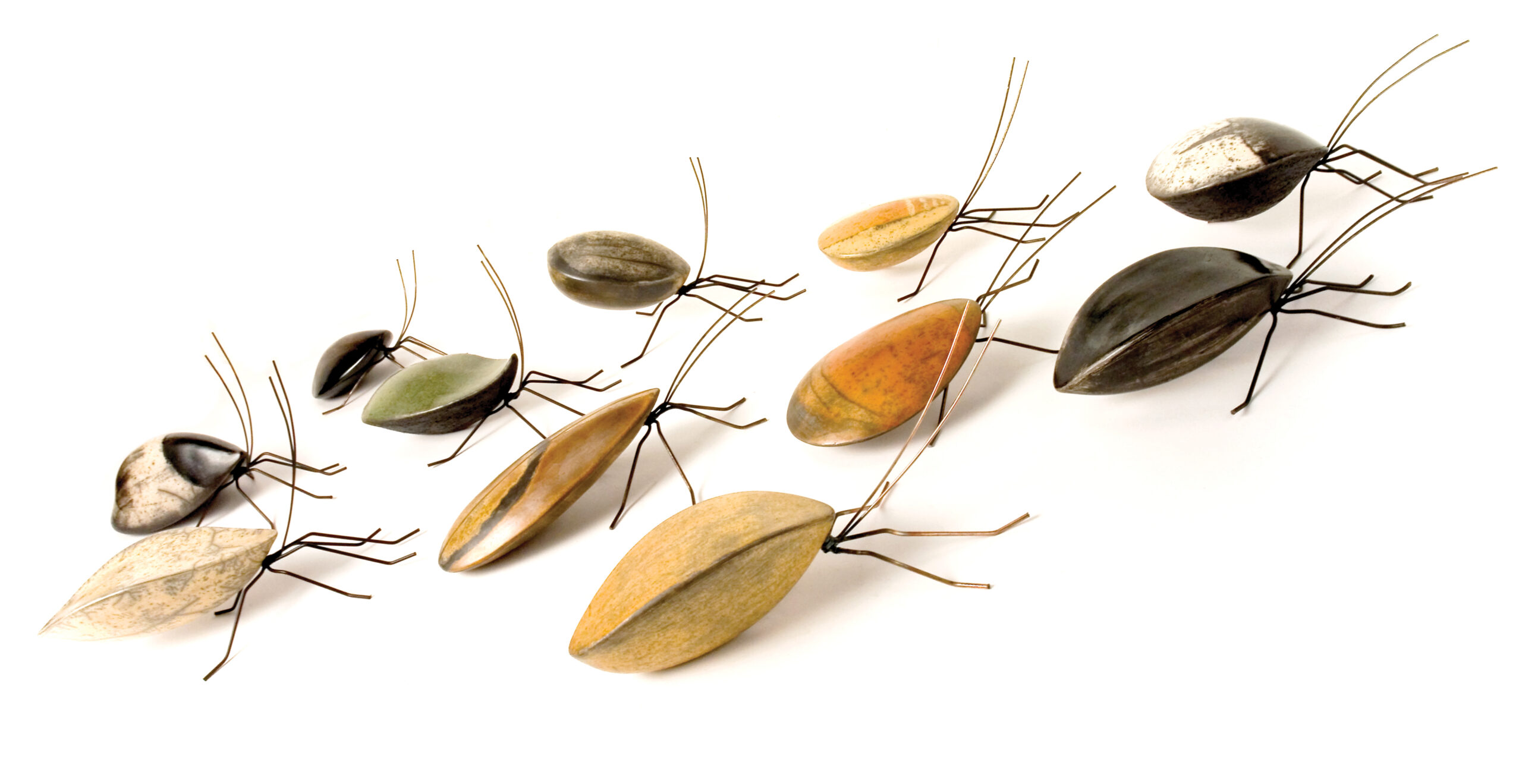
How did you research the form for the appearance of ceramic insects you wanted to build?
I wanted real insects to be just the starting inspiration. The first series consisted of very stylized forms, to which terrasigilatta technique largely contributed. I used it for the surface effect. A few years later, I started researching new forms and then, among scarabs, ladybugs and moths, other forms of insects could be recognized: butterflies, grasshoppers, mosquitoes, centipedes, and ticks.
As for the form itself, it is very reduced, so there is a lot of space left for surface decoration. This was pretty important to me, since I did not want competitiveness of form and surface.
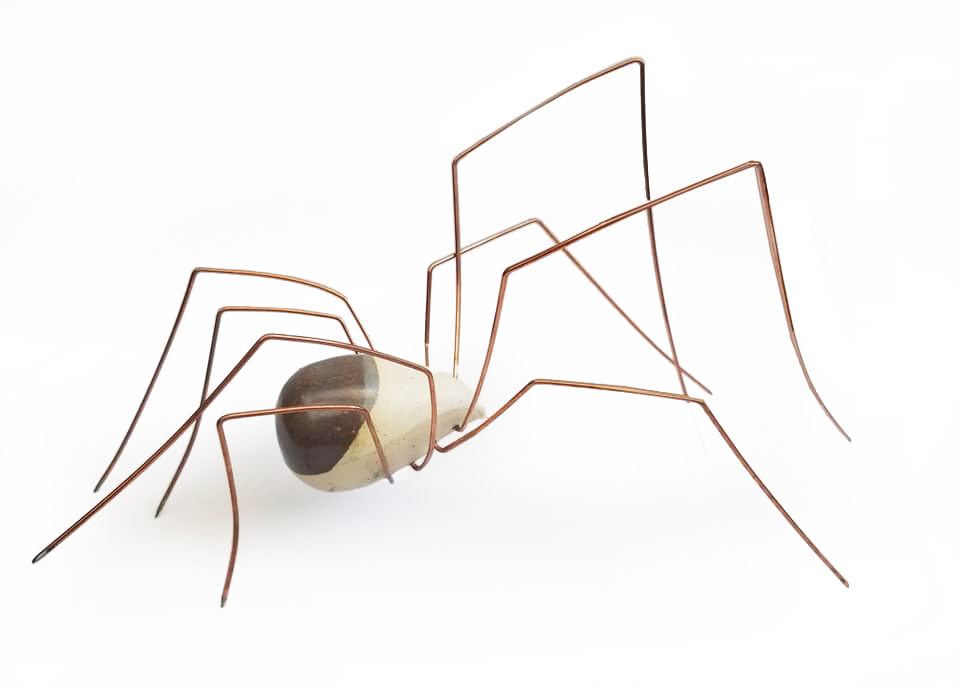
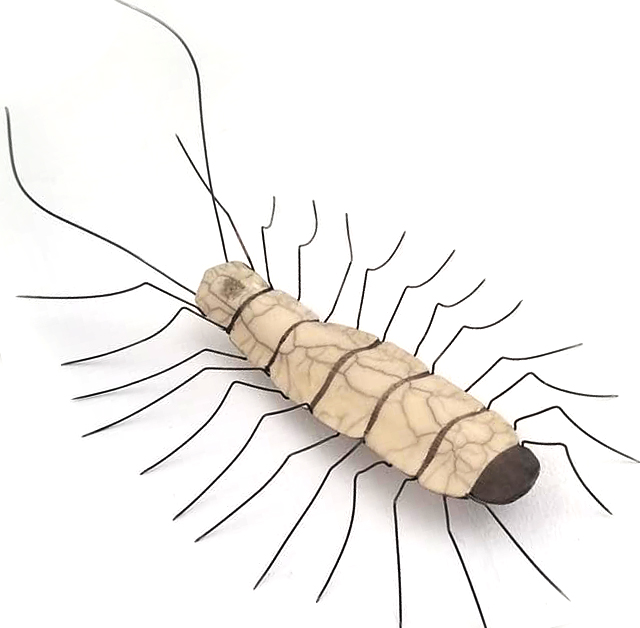
The sculptures do not look purely decorative, some insects show different expressions – fear, curiosity, readiness to attack …

Yes, that was my goal, to catch the movement and in a way – life itself!
I achieved this by bending the metal legs and the antennas, where each sculpture is unique in movement and action.
After the insects, in a series of ceramic works titled In the wood, you kept nature as inspiration. How hard was it to imitate the look and textures of real trees?
To my great surprise, it was quite easy to imitate the impression of the tree bark. For this occasion, the real branches and roots I found in nature helped me a lot in shaping everything, but the surface and texture itself were derived exclusively from hand movements along with the help of various tools. Ceramic technology itself offers a range of effects provided they are used carefully and in a controlled manner.
What do you like the most in that process of making ceramics, and what don’t you like?
What I love the most in ceramics is that aspect of alchemy! Even when we think we know and control everything, the clay will have the final word. Even though it was hard to accept it at first, I saw it as a great life lesson – not everything is in our hands and that is not the end of the world. Even now, after nineteen years, each time I feel the same joy but the same fear as well when I open the oven or unravel the sawdust and prepare for what I will see.
Clay is a plastic, elastic, I would say even stubborn medium, but also obedient, which in the hands of the same person rarely behaves the same way. I realized that this interaction of two entities, the clay and the artist, can give unexpected, but also great results. It is important not to be rigid and close-minded when working, because what we set out to do in the first place may not be the best thing. Listening to and keeping track of the material can be in wonderful synergy with our subconscious, and that should also be given some space.
At your last exhibition, all the works were sold out. In that context, do you have any advice for the new graduates?
The key is in professionalism, patience and perseverance, but also in playing with materials whenever possible. Do not give up, by no means, even when you see that it’s not going how you planned it. Each item has its customer and audience, it’s just a matter of time. It is important to appreciate yourself and your time, then others will appreciate you as well. Working together with a couple of experienced colleagues is a recommendation. It has enriched me for life and I am very grateful for that cooperation. Also, one should be realistic and a strict critic of their own work, honest about oneself and one’s development. You should not be afraid of changes, you can only come out stronger and more experienced.
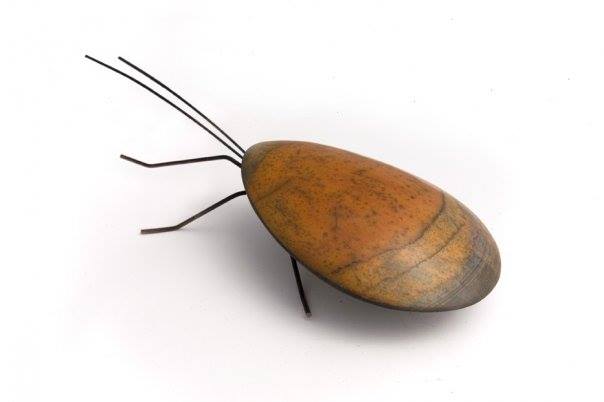
You teach at school. What is your experience of following students through their development as artists?
I have been a teacher for nine years now and I am very satisfied with that position. I teach the practical side at the potter-ceramicist department. Working with high school students is very specific. I saw that many of them break away from what was expected and standardized. I was redefined by that contact with young artists and the contribution to their search for authentic selves in creation.
I think that the basic task for a teacher is to recognize, and then support specific sensibilities of each student. This, of course, implies the program frameworks that we all have to follow, but above all, it is important to stay human (instead of a heartless machine), ready and capable to adapt to others. A mere display of information will not provide any results. Instead, it is necessary to get the students interested in the subject matter. Young people must not be simply put in a frame of sensibilities and aesthetics of other people just because they were standardized as “acceptable”.
They are people for the future, while it is up to us to offer support and knowledge/experience. At the same time, the college should be a system that keeps on changing moderately and cautiously. It is important not to lag 40 years behind the world and the profession, but to be a platform that initiates innovation, connections and knowledge exchange.
If you would reduce your experience to a few tips for teachers, what would you say?
Listen to and work with those whom you were assigned to. We are there because of them, not the other way around. Grow constantly, explore, and share that with them. It is not the end of the world if you do not have an answer to a question, because you can explore everything and you have the right to do so. Always be willing to listen to others.
Learn about yourself through them, so that you can grow as a teacher.


